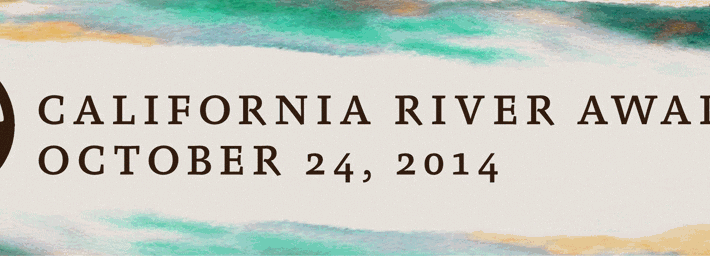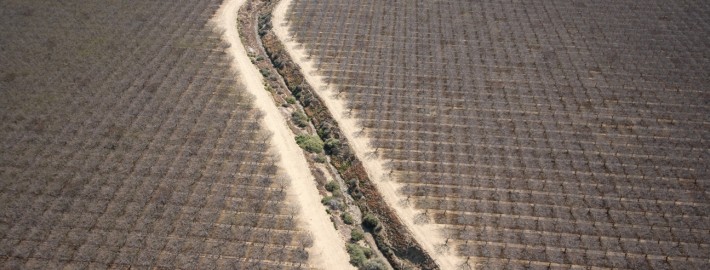Friends of the River – California River Awards – 2014 Mark Dubois Honoree

Cheryl Buckwalter has dedicated herself personally and professionally to helping Californians grow beautiful “River Friendly” landscapes that use minimal water and reduce runoff. With her experience as a landscape designer and Certified Landscape Irrigation Auditor, Cheryl is taking on America’s largest irrigated crop: lawn grass.
Today, as the Executive Director of Eco Landscape California, Cheryl is transforming landscapes to need little or no irrigation, greatly reducing the amount of water we need to pull out of rivers and aquifers. Cheryl provides practical, user-friendly training, plans, referrals, and outreach to help Californians create healthy, beautiful, vibrant urban landscapes while conserving water, reducing yard waste, and preventing pollution of our air and rivers. She developed Eco-Friendly Landscape Design Plans for the New California Landscape—a free, on-line “package” of landscape and irrigation designs, comprehensive plant profiles, irrigation schedules, and maintenance practices to demonstrate watershed-based models for sustainability, resource-efficiency and protection, and environmental stewardship.
Her work has resulted in homeowners and municipalities implementing low-water use landscapes across central California. Cheryl has collaborated with countless agencies, land developers, and non-profit organizations to teach about, and implement, water-efficient landscaping including Roseville’s “Cash for Grass” landscape incentive program
The drought has greatly expanded her audience as her work has been widely reported by media outlets throughout the state. She is now leveraging this exposure and her experience to accelerate the pace of change toward more sustainable landscapes across the state.”




Follow Us!